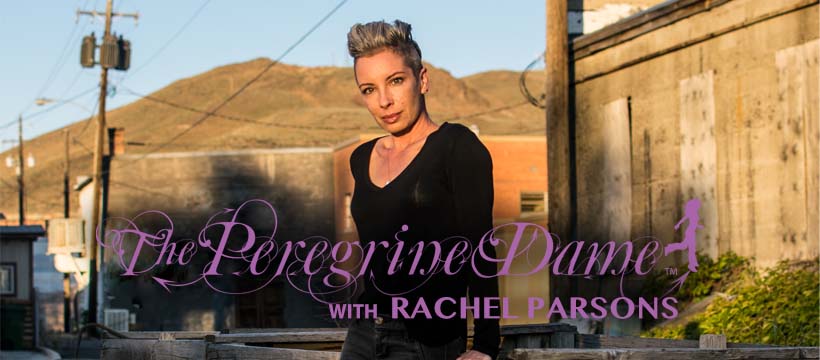Five Days in Ft. Worth, Day Four
Home for the holidays, this travel journalist approaches her hometown with the fresh perspective of a traveler.
DAY 4
OK, kids, everyone on the bus. It's time for a field trip. Museum-style.
If you just got excited, congrats; you're one of the nerds like I was in my school days in Ft. Worth. If you just groaned; sit at the back with the rest of the ADD kids and don't throw stuff.
So far my five days back in Ft. Worth - my hometown - have centered around food, booze, and music. All worthy of attention, certainly. But every now and then one has to dry out and see the daylight. My cholesterol is cresting at dangerous levels and my kidneys hurt.
I came back to spend the Christmas holiday with my Mother and friends. Although I visit occasionally, I've been away for 14 years now. I grew up in Ft. Worth at a time when the social centers of the modern city didn't exist. But the cultural ones did.
And so each year, our class field trips centered around one or two of these old faithfuls. But here's my confession: I would actually hang out at these places when I wasn't in school. Don't tell anyone.
Much to its credit, Ft. Worth has always had a solid - if small - cadre of theater and museums. The old oil and cattle money going back generations made sure of it. The upper crust has always been proud of the cultural institutions of the city and its patronage has kept many of these organizations kicking when their counterparts in other cities slowly passed away.
The Cultural District of Ft. Worth lies along the south side of Camp Bowie Boulevard between Montgomery and University. It's a compact few blocks that are easily walkable, and street parking is available as well as museum and city lots.
As a young student, the obligatory yearly visit started with the Fort Worth Museum of Science and History, which was most exciting because of it's planetarium and Omni Theater (the permanent collection of the history of medicine and the dusty cavemen are a little too creepy when you're 7 years old).
Now, though, the entire collection as well as the attractions are top-notch. The Omni is still the driving force, screening full IMAX films in a spectacular wrap-around dome theater. Originally opened in the 1940s under the name Fort Worth Children's Museum, the organization now caters to adults as much as children with adult lecture series and even an Adult After Hours series, featuring bi-monthly nights open to people aged 18 and up, featuring music, food, and drinks. Oh my kidneys.
Just north of the Science and History museum is the Amon Carter Museum of American Art. In his will, newspaper publisher Amon G. Carter Sr. stipulated that his private collection of Remingtons and Russells be preserved and presented to the people as part of a new museum that should remain free to the public. Today the Amon Carter houses one of the most impressive collections of exclusively American art in the country and is still free to the public.
To the east of the Amon Carter lies my favorite, the Kimbell Art Museum. The Kimbell was famously designed by Louis I. Kahn and opened in 1972, providing an ultra-modern backdrop for its collection of antiquities. The architecture is as much a draw as the art.
The permanent collections range from Egyptian, Grecian, and Syrian antiques from as far back as the third millennium BCE, to masterpieces from around the globe through the mid-20th century.
The founding policy was to concentrate on the quality of the acquisitions, not the quantity, and the complete permanent collection totals fewer than 350 pieces. The Kimbell purposely stays away from collecting American art so as not to compete with the Amon Carter, as well as not holding any art from the modern era, so as not to compete with the Cultural District's newest shining star, The Modern.
The Modern Art Museum of Fort Worth is the district's newest sibling; born in the 1990s. Designed by Japanese Architect Tadao Ando, it consists of five pavilions surrounding a 1.5 acre pond. The 2,500 plus pieces in its permanent collection boast the usual superstars of Modern art, from Pollock to Serra to Picasso. And yes, the obligatory Warhol is there too. But the main attraction is still the site itself. The buildings look as if they float on top of the reflecting pond and it's worth at least having lunch in the cafe that edges up to the water. Or if you're particularly flush, do dinner. The food is gourmet and so are the prices, but it makes a lovely topper to the day.
©2007, Modern Art Museum of Fort Worth, all rights reserved.
Photographs by David Woo, Tom Jenkins, and provided by courtesy of Tadao Ando Architect & Associates.





Comments